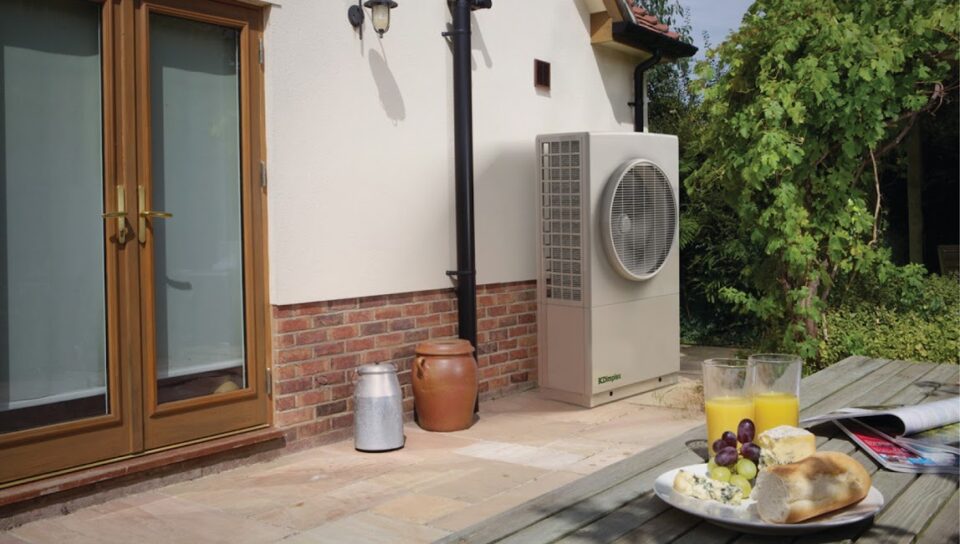In this article we cover:
- How much can you save with a direct labour self-build
- Pros and cons of going direct labour, how to weigh your options
- What contractors include and don’t include
- How to compare costs on a like for like basis
What’s the price difference between a direct labour vs contractor led project in the current market?
Keith says: Going direct labour could save enough to pay for a higher spec on your finishes, but it’s not guaranteed.

Considering all of the price movements in the industry it seems hiring a single builder might not be that much more expensive as compared to direct labour. In general, I would say that little has changed on this question now as compared to how I would have answered years ago.
From a practical perspective, the direct labour route requires management of the packages, the interactions between packages and the risk of payment on a daily rate against a fixed price lump sum with a contractor.
A contractor charges a fee, that is included in his rates, for management of the works, for ensuring one package follows the next, for ensuring the works are cleaned and waste disposed of, for ensuring the scaffold is ready for the block layer, the chasing is ready for the electrician and the holes are cored in the floor truss for the plumbers.

All of these items are included by the contractor but often ignored in the direct route option as people are slow to allow for the cost of their own time.
One of the big benefits that most people will see from going to the direct labour route, is the ability to increase on the specification achieved for a price that is often similar to that which would be achieved through a main contractor.
By negotiating one to one on trade packages there is a clear ability to save given you will be carrying out mini tenders and therefore driving cost competition. But that can only happen if you take the time to source multiple prices on each trade.
This does not always happen, and many will just end up paying a similar price with possibly an increased specification. But I have also seen projects where the costs quoted by trade packages are higher than those offered by contractors. This generally comes down to the relationships and cost loyalty that exists between many contractors and their supply chain that may not exist on a one-off contract.

To properly compare the two for your project, you must ensure that you are comparing costs on a like for like basis. Ensure that all items are listed and included in both options and ensure that you are aware of the extent of additional personal time that a project will consume going the direct labour route.
It also goes without saying that true comparisons do not take account of free labour, mates’ rates, family connections, and of course the elephant in the room, that is cash payments, which are illegal on the basis that they seek to defraud the tax authority.
So as with most things to do with bespoke projects like self-builds, your own circumstances, access to labour and the marketplace as well as build complexity will all need to be factored into your comparison.




















